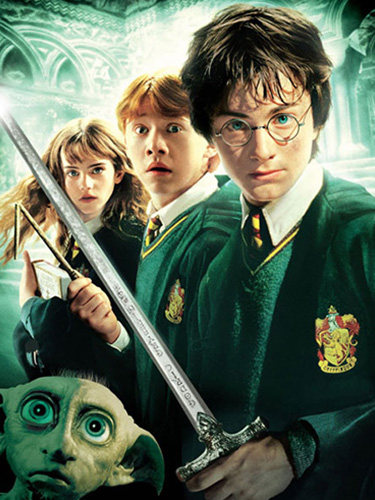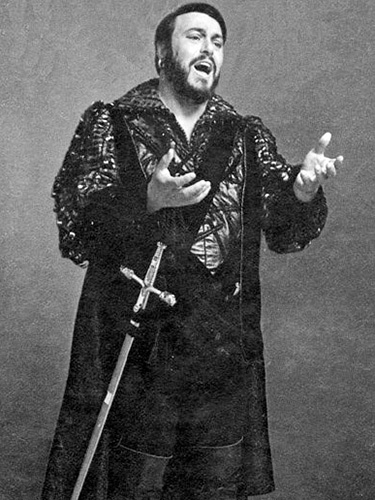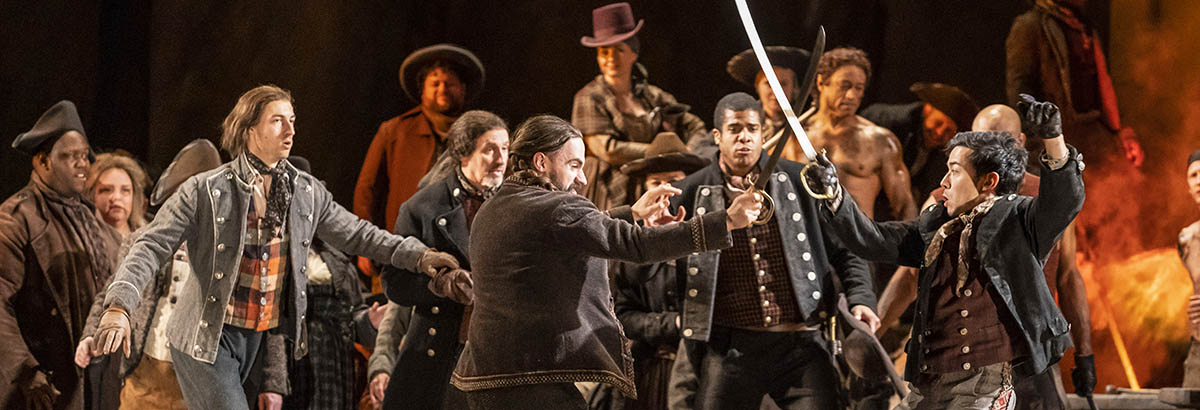April 17, 2019
Modern Match - Il trovatore
Swipe to view more slides

J.K Rowling's Harry Potter (Daniel Radcliffe), with Hermione Granger (Emma Watson) and Ron Weasley (Rupert Grint)

Luciano Pavarotti as Verdi's Manrico
